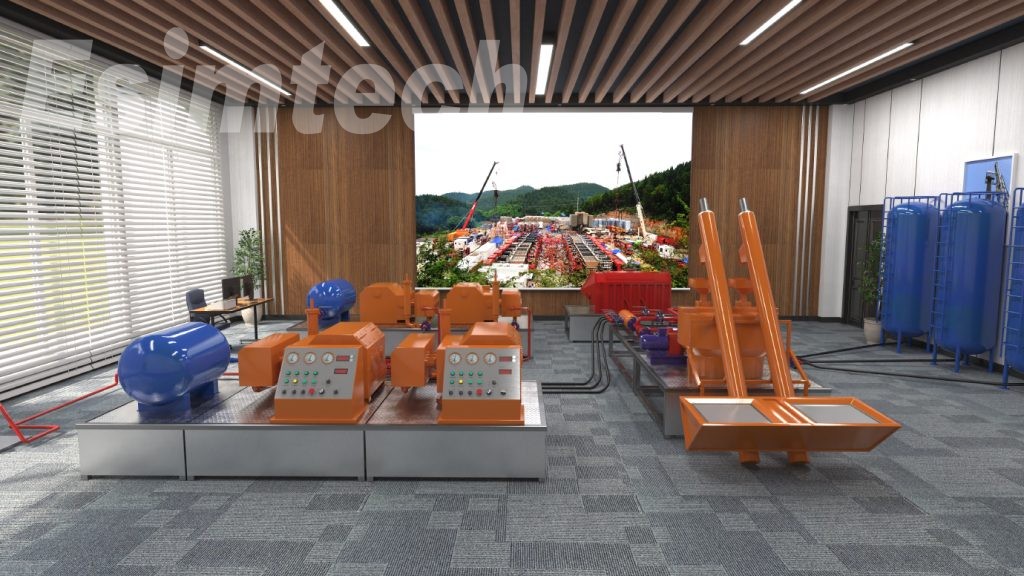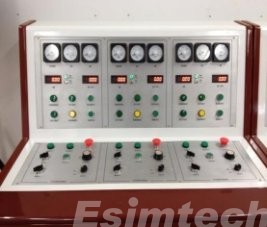In the dynamic realm of oil and gas, ongoing technical breakthroughs have ushered in a new era of exploration and extraction methods. This transformation is most evident in the evolution of reservoir stimulation strategies, now empowered by fracturing and acidizing simulators. These cutting-edge tools have redefined how oil and gas company approach reservoir enhancement, ushering in a paradigm where output maximization, cost reduction, and environmental preservation converge. This article delves into the intricacies of fracturing and acidizing simulators, exploring their functionalities, significance, and the advantages they offer.

Understanding Fracturing and Acidizing Simulators
Two pivotal techniques, fracturing and acidizing, play a vital role in stimulating oil and gas reservoirs. Acidizing employs chemical treatments to dissolve formation components, thereby boosting permeability. On the other hand, fracturing revolves around generating fractures in rock formations, thereby enhancing the flow of hydrocarbons. These methods have proven indispensable in extracting previously untapped resources and optimizing yield from pre-drilled wells.
The Relevance of Fracturing and Acidizing Simulators in the Industry
Enhanced Production Optimization: These simulators empower engineers to predict reservoir behavior accurately, enabling them to devise stimulation treatments tailored to these predictions. This precision-driven approach leads to increased production rates and heightened reservoir performance.
Cost-Efficient Operations: The oil and gas sector demands substantial capital investments. By using fracturing and acidizing simulators, companies reap benefits like resource efficiency, reduced reliance on trial-and-error, and avoidance of costly errors. Simulators curtail expenses by streamlining operations, modeling diverse scenarios, and evaluating the effectiveness of stimulation strategies.
Elevated Reservoir Management: Simulators provide comprehensive insights into reservoir behavior and performance. By factoring in variables such as fluid properties, rock mechanics, and wellbore configurations, engineers can optimize stimulation designs. This results in enhanced production predictions, refined recovery techniques, and efficient well spacing, all contributing to superior reservoir management.
Environmental Impact Evaluation: The environmental repercussions of fracturing and acidizing processes can be detrimental if not managed effectively. Simulators play a pivotal role in assessing potential environmental effects by accurately predicting fluid behavior, fracture propagation, and migration concerns. This enables operators to execute stimulation procedures that minimize environmental risks and conserve natural resources.
Risk Mitigation and Safety Enhancement: Inherent risks in fracturing and acidizing operations include fluid migration, wellbore integrity, and equipment failures. Simulators mitigate these risks by simulating various scenarios and assessing potential consequences. This insight allows operators to implement safety measures and optimize operational protocols, ensuring secure and dependable operations.
Technological Advancements: With the advancement of computer power and data analytics, simulators for fracturing and acidizing are evolving. By integrating real-time data with artificial intelligence and machine learning algorithms, these simulators enhance precision, effectiveness, and predictive capabilities. Operators now have the opportunity to harness cutting-edge technology and foster innovation in reservoir stimulation methods.

Unveiling the Mechanism of Fracturing and Acidizing Simulators
These computer-based models emulate fluid flow, rock mechanics, and chemical processes within reservoirs. Considering variables like wellbore configurations, fluid properties, reservoir characteristics, and treatment strategies, simulators generate forecasts of reservoir performance, encompassing fracture propagation, proppant placement, and fluid distribution.
A Glimpse into Future Developments
The trajectory of simulators for fracturing and acidizing continues to evolve as computational prowess and data analytics advance. By merging real-time data with AI and machine learning, these simulators heighten precision, effectiveness, and predictability. This technological convergence empowers operators to leverage innovative methods for reservoir stimulation.
In Conclusion
Fracturing and acidizing simulators have catalyzed a profound shift in the oil and gas industry, ushering in an era of optimized reservoir stimulation. These simulators, underpinned by their ability to accurately forecast reservoir behavior, are integral to enhancing design optimization, cost containment, and environmental sustainability. They empower operators and engineers to make data-informed decisions, ultimately leading to the efficient and sustainable extraction of oil and gas resources.





